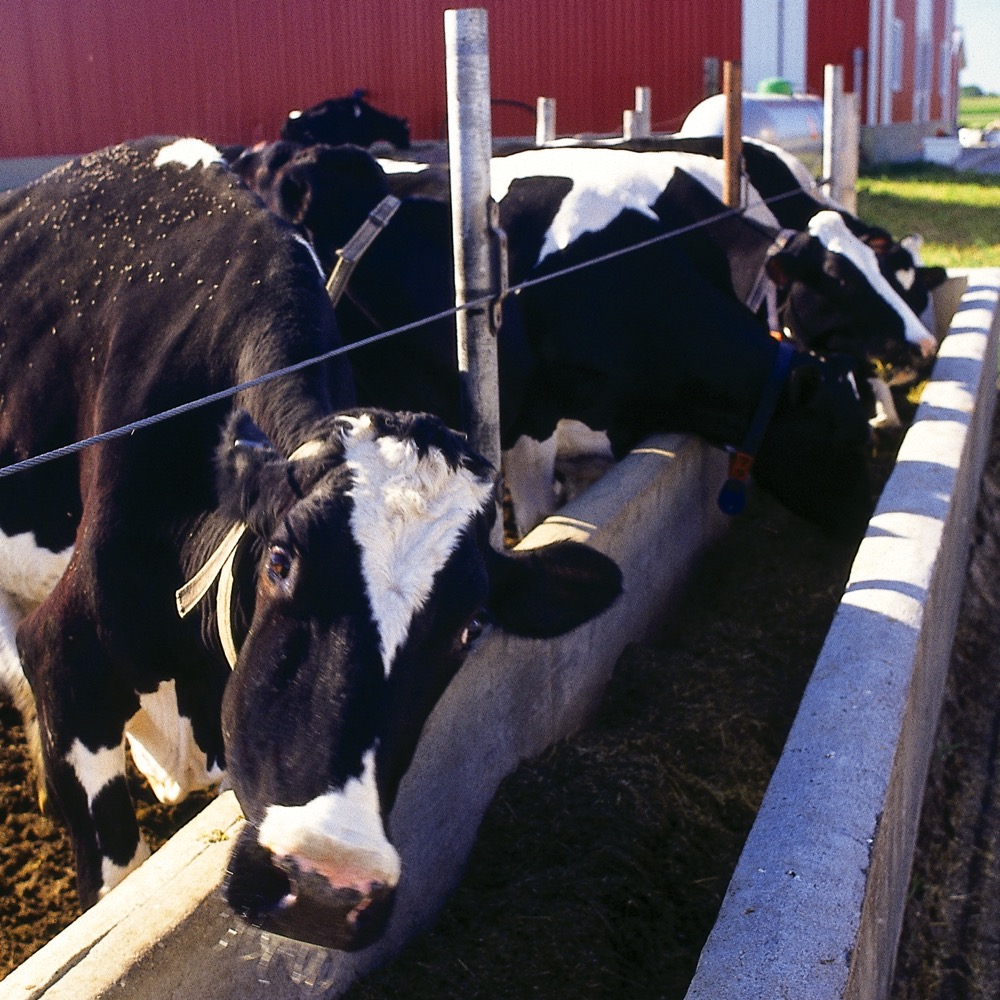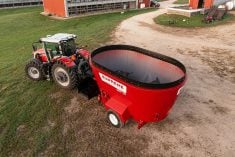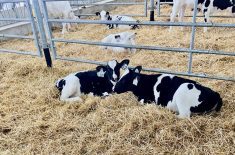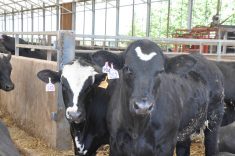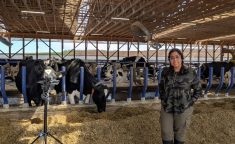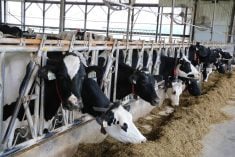The Canadian Dairy Network (CDN) is taking aim at some of the most important, but toughest-to-measure genetic traits for dairy cows.
The organization that aggregates vast amounts of information on dairy cattle and creates genetic indices that farmers use to make breeding decisions, is using genomics and global co-operation to create the new indices.
“Genomics have helped us estimate breeding values for low heritability traits,” Lynsay Beavers, industry liaison services co-ordinator with CDN told farmers at the Southwestern Ontario Dairy Symposium.
Low heritability traits have been hard to measure, but genomics have allowed the industry to gather more data, quicker. If they had to wait until the end of a cow’s life to measure herd life, then by that point the bulls will likely not be the first genetic choice, so the trait would be useless. With genomic testing, they know early enough for the trait to be useful.
Read Also
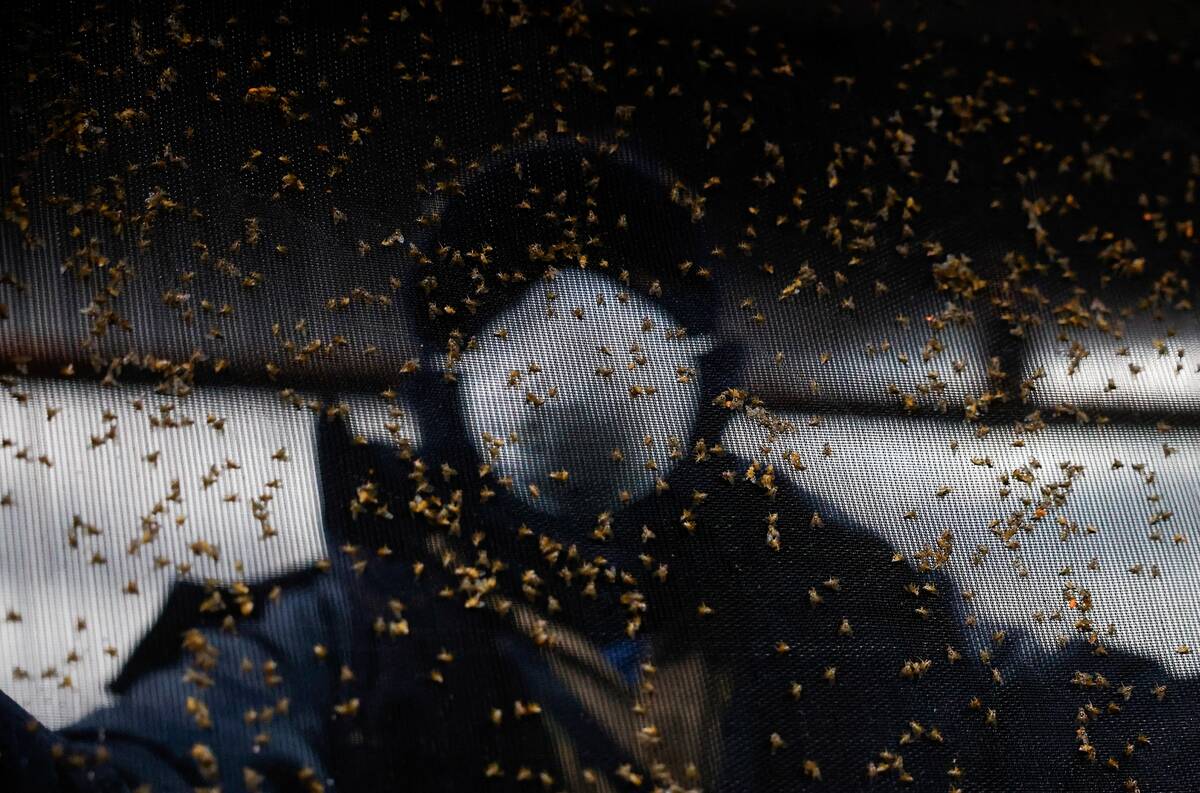
Canada too cold for New World screwworm
New World screwworm is closing in on the U.S. from Mexico, but the deadly livestock parasite isn’t likely to dig a surviving population in Canada, even if the fly species sneaks over the border.
With genomic testing well established, CDN is now looking to create indices for traits such as metabolic disease resistance.
Metabolic disease is mostly an issue as the cow makes the transition through calving into milking, but can also drag down a cow’s lactation performance. CDN is putting together a metabolic disease-resistance index that will pull together six different traits, measured for a cow’s first lactation and also for later lactations.
The traits will include subclinical ketosis (gathered from milk recording agency measurements), clinical ketosis and displaced abomasum (as reported by producers), fat-to-protein ratio in different parts of lactation and body condition score in first lactation.
Other new traits will take the co-operation of other industry players.
Some hoof trimmers have been using trimming-crate-side computers and hoof Supervisor software to gather information for several years. Now, CDN will be collecting that data in order to tie hoof health issues to certain bulls. The first hoof health genetic evaluation will be for digital dermatitis, responsible for 20 per cent of lesions in dairy cow hooves, and the most economically problematic hoof issue.
The two other traits to be evaluated are linked, and will only be measured through an extensive international project in which Canada plays a key part.
Feed efficiency in dairy cattle has never been properly measured on a large-enough scale to use it for making breeding decisions. When cattle consume less feed to create the same amount of milk, then there is less environmental impact, especially with lower methane emissions. As a result, methane emissions are the second trait that will be able to be measured with the Efficient Dairy Genome Project.
There is a good potential impact of the project, with 25 per cent heritability.
The challenge with feed efficiency is that it takes on-the-ground measurements with individual cows over a period of time and that’s expensive and would cost about $20,000 per bull. However, now, once the most feed-efficient cows are identified, the genetic markers supporting the trait can be quickly identified.
The project is partially funded by Genome Canada, a funding organization for genetic research, and involves co-operators across Canada including CDN and the University of Alberta. Sunalta Dairy, a commercial farm in Alberta is installing 200 GrowSafe units in a new barn in order to measure feed efficiency. The farm will have to genotype all cows and also do biweekly milk recording, along with classification. Canada will host the global database at CDN.
This is only the Canadian contribution. Research will also be conducted in Australia, U.S., United Kingdom and Switzerland. There are also discussions ongoing with Denmark, the Netherlands and France to join the project. There will be 10,000 cows evaluated for feed efficiency and 3,500 cows from whom methane emissions data will be collected.
Beavers said that with genomic testing, “this is kind of the future” in which fewer herds are needed in order to identify the traits, the proof for the genomic tests that can then be used across the dairy herd.
“As long as we have enough of these herds, we know we can benefit the entire country by developing data from those key herds.”

